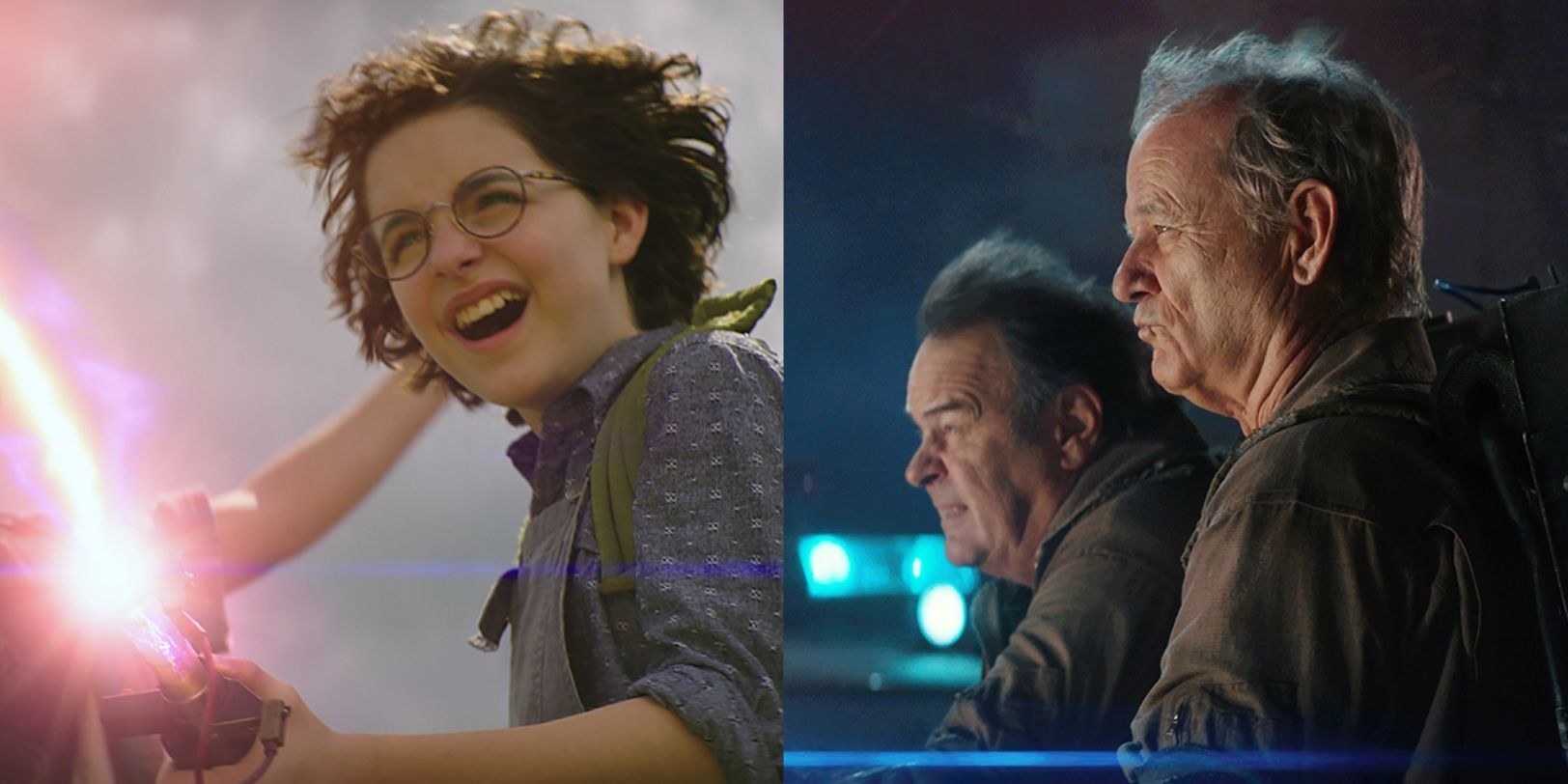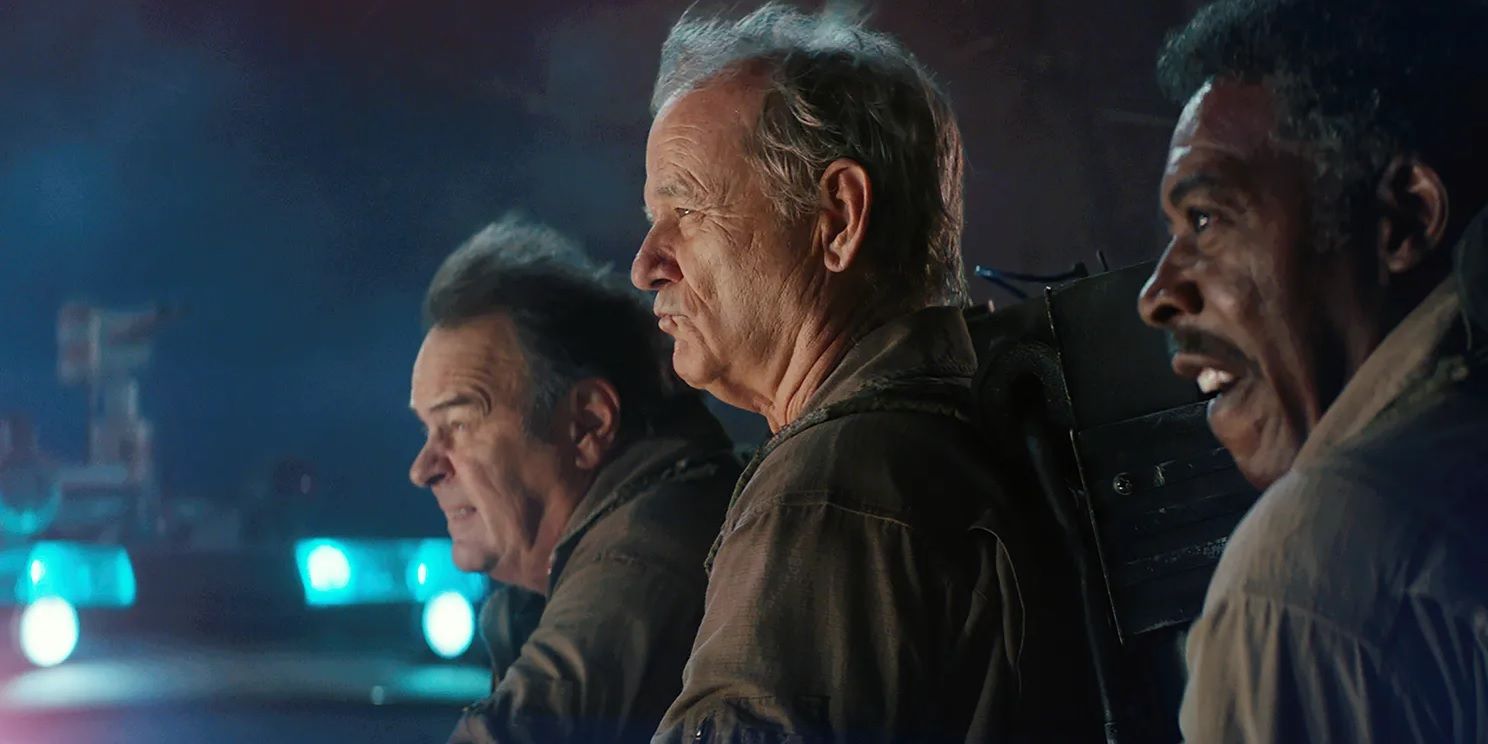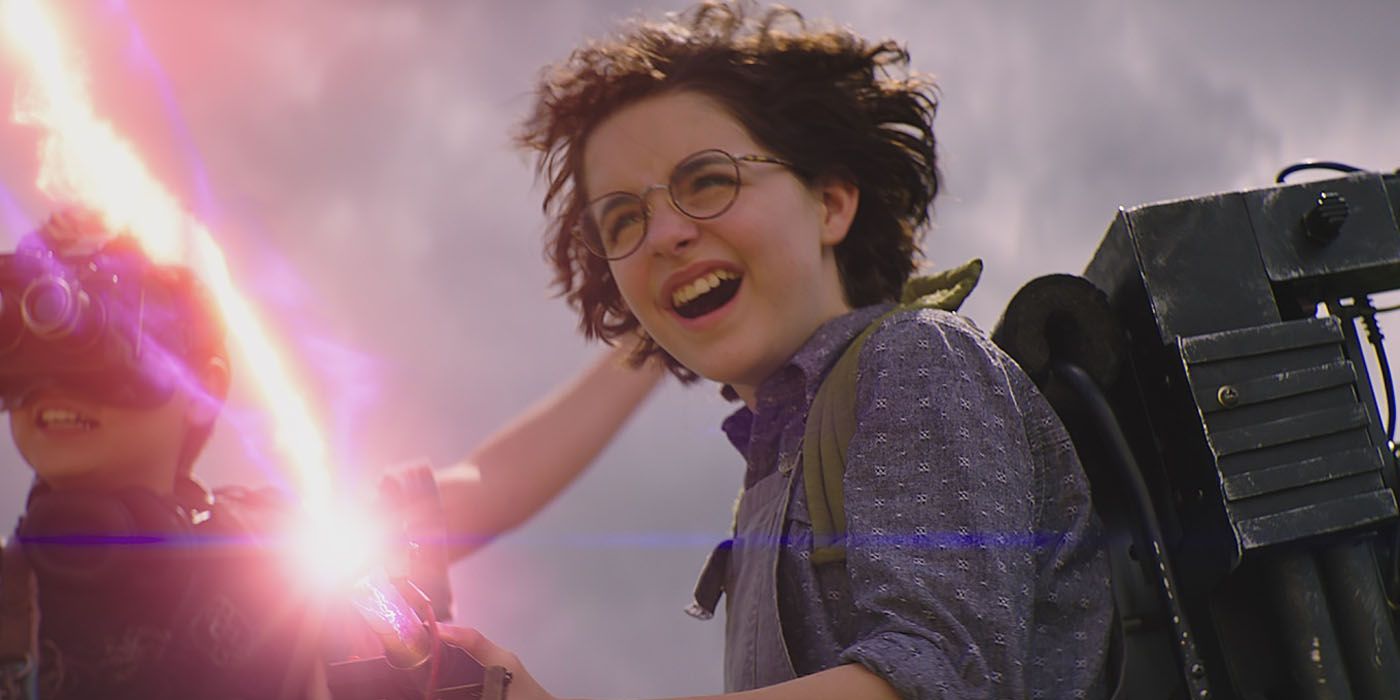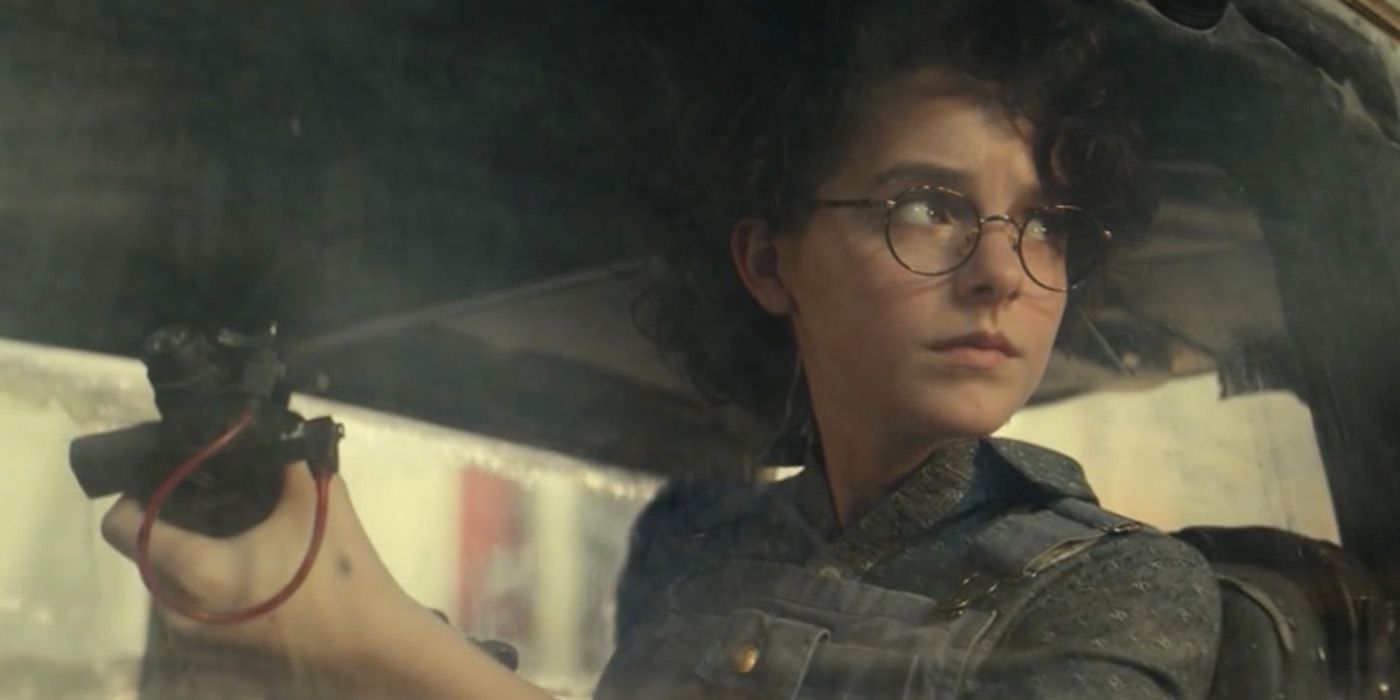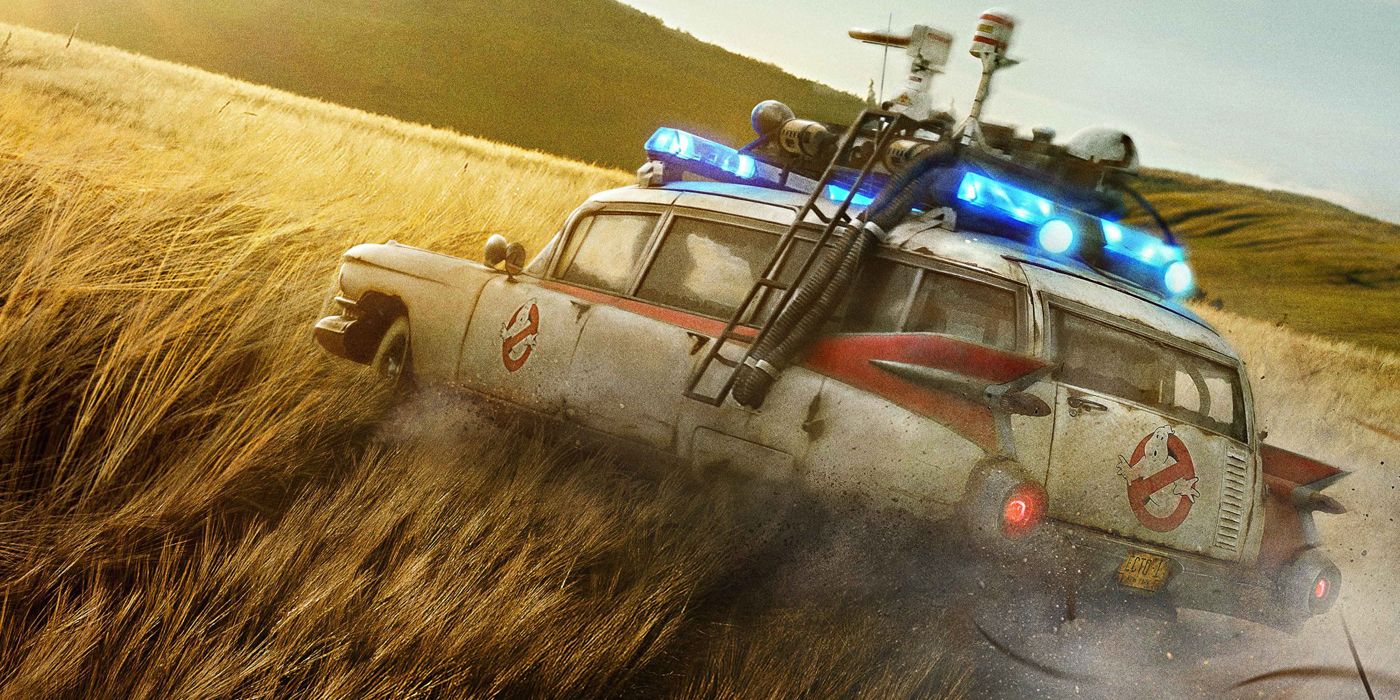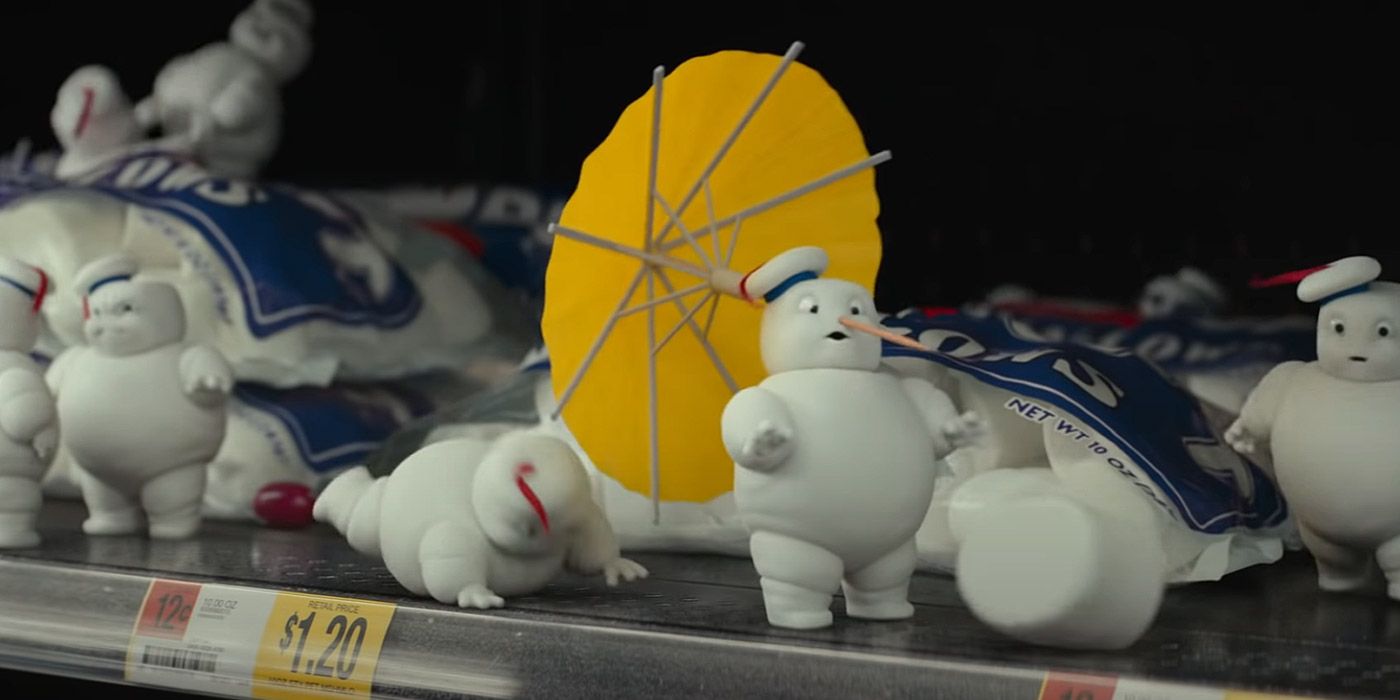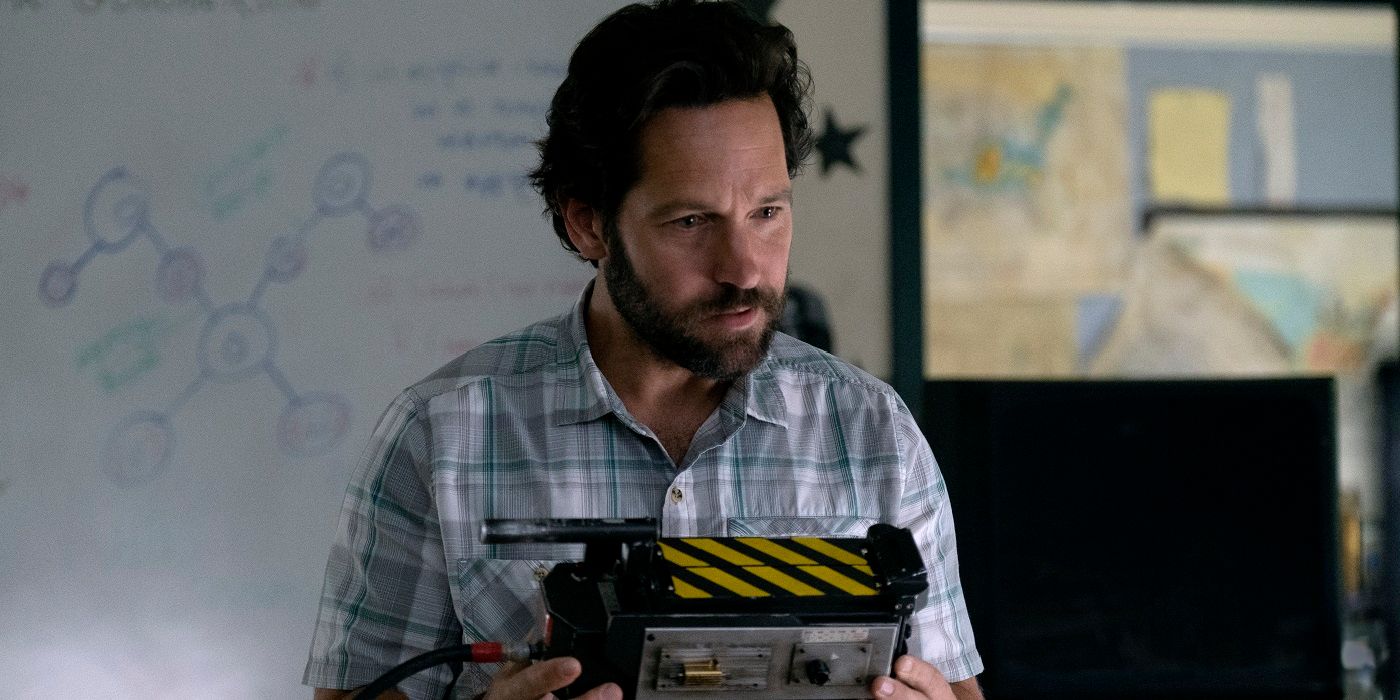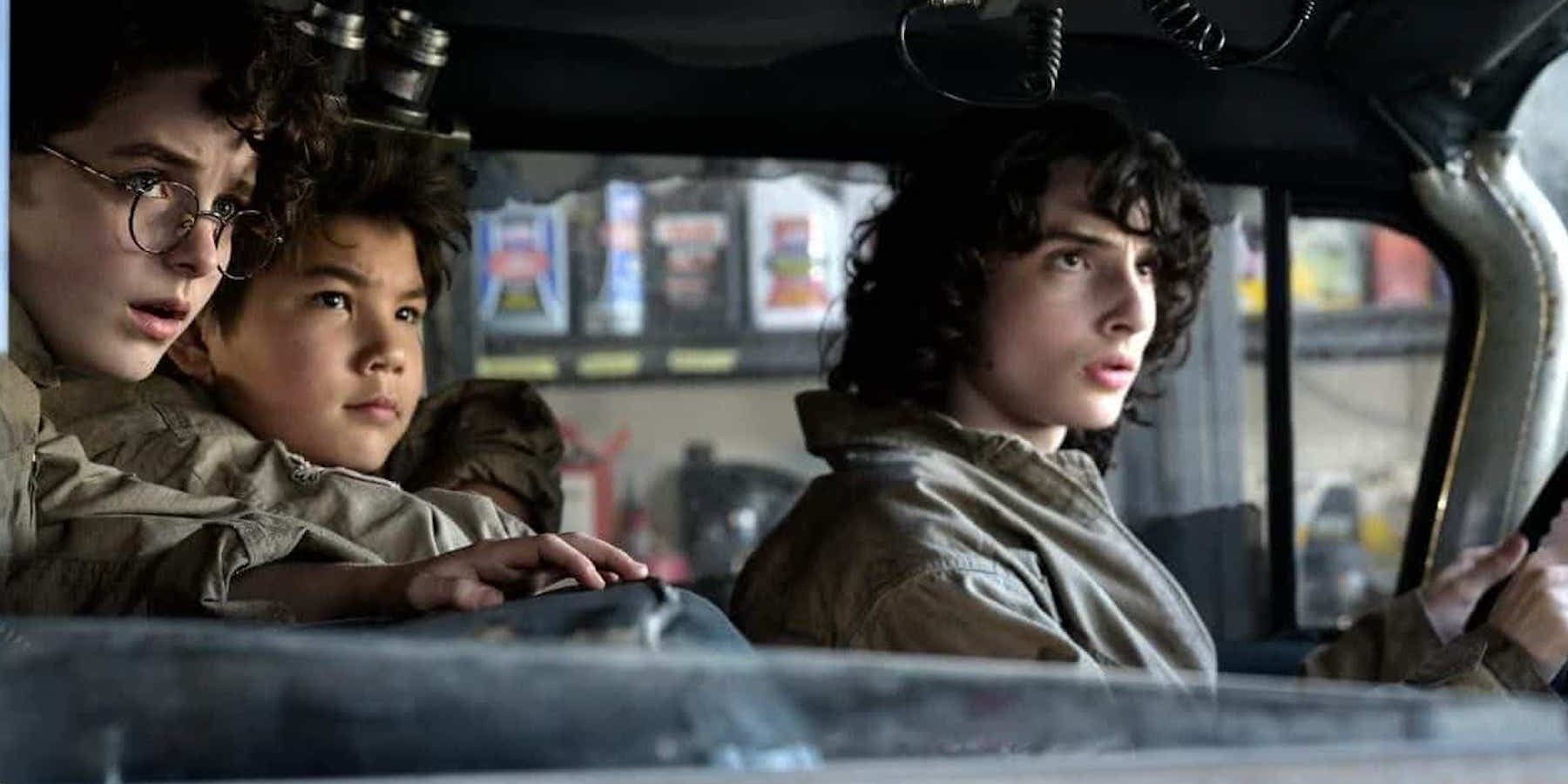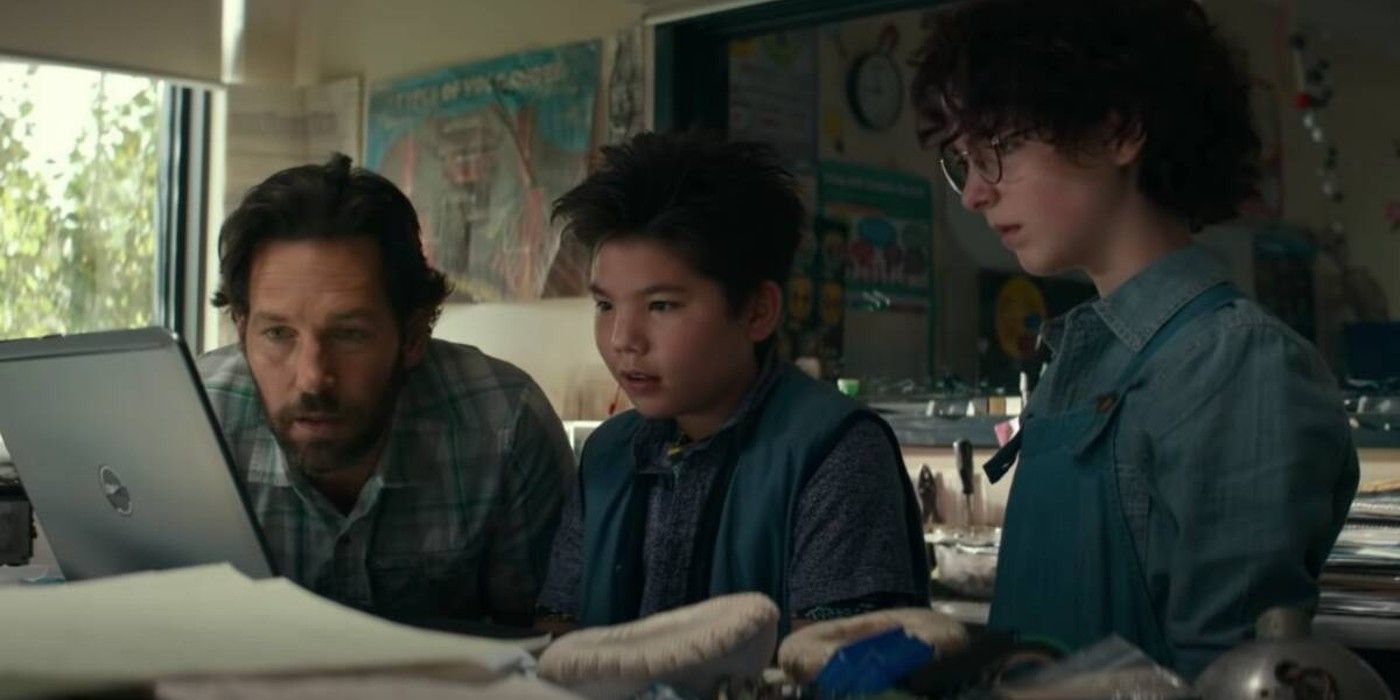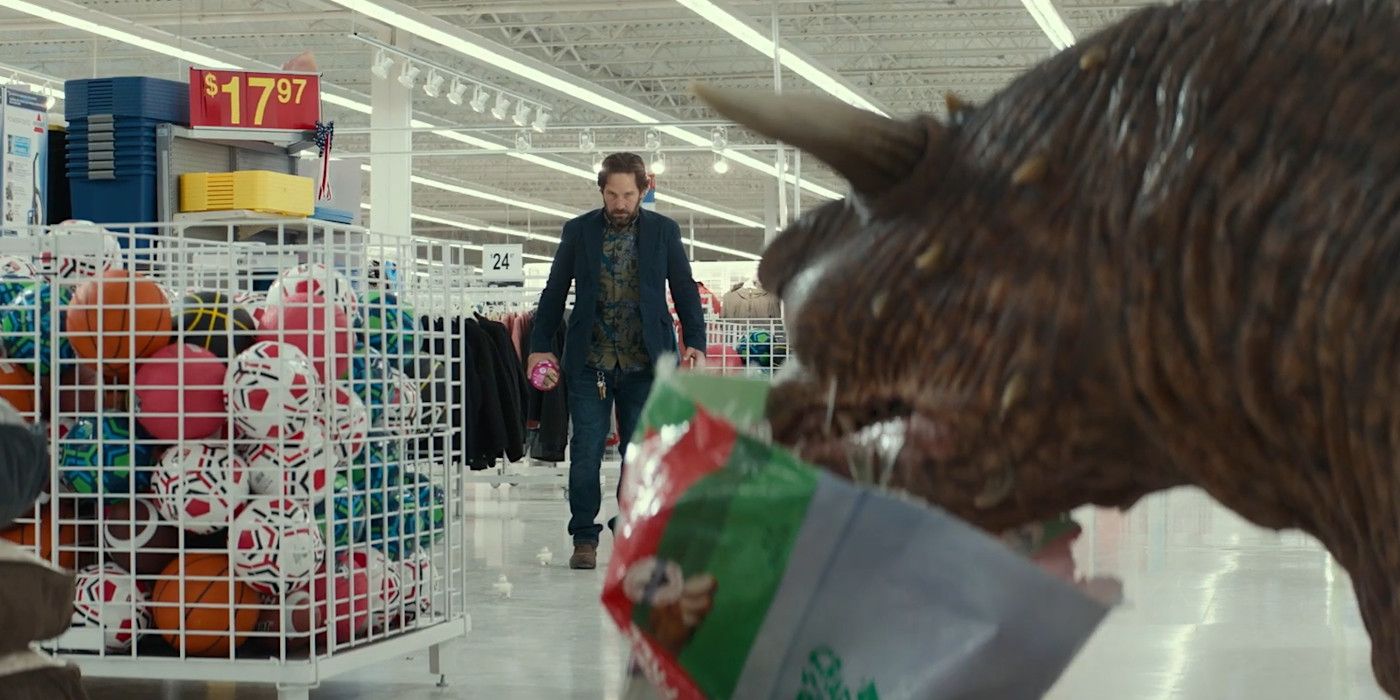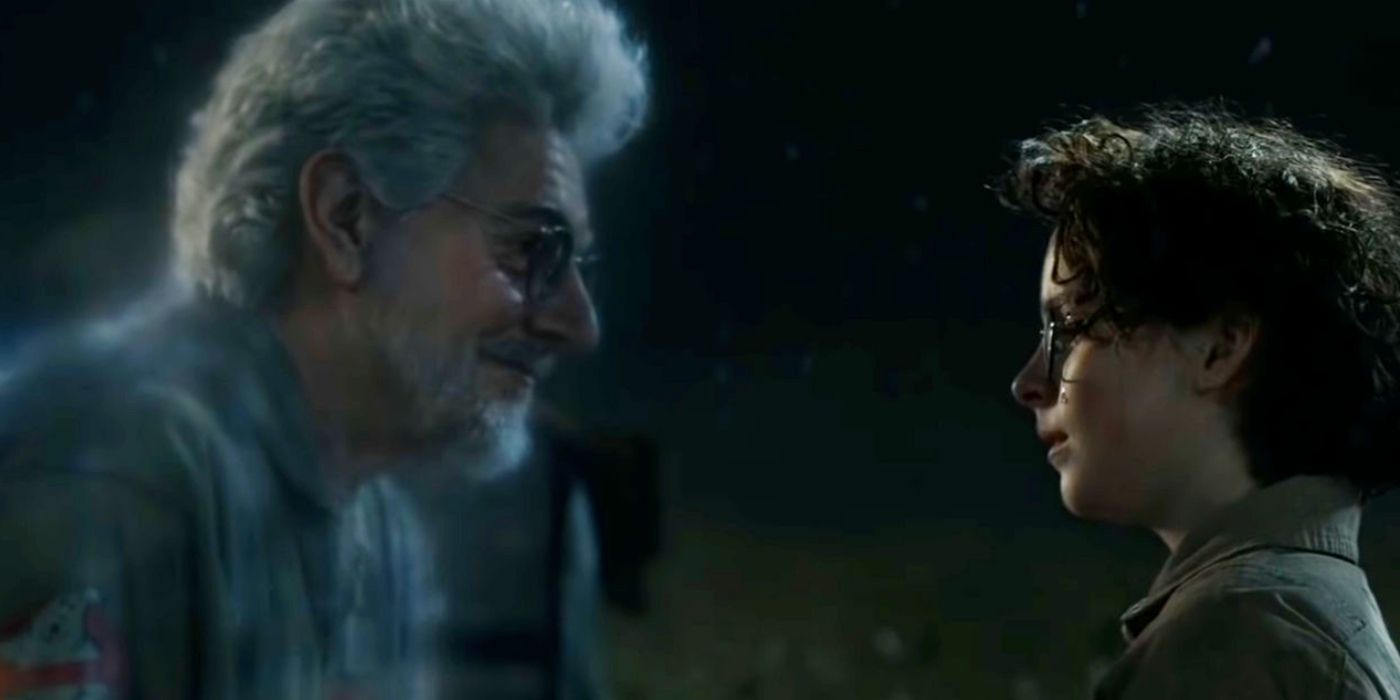Since the groundbreaking 1984 original, the Ghostbusters franchise hasn’t faced the easiest road. The first sequel, released in 1989, reunited the cast but failed to recapture the magic. After a third movie languished in development hell for years, the threequel was eventually retooled as a reboot retelling the original story with an all-female cast. The new cast was full of hilarious women, but they were let down by lackluster writing.
Like the rest of the Ghostbusters sequels, the most recent entry in the franchise – Ghostbusters: Afterlife, initially scheduled for 2020 but released in 2021 – isn’t perfect. But it’s arguably the best Ghostbusters sequel to date.
It’s Like Ghostbusters: Endgame
The 2016 Ghostbusters reboot brought back the original actors, but cast them in all-new roles in separate scenes, so it didn’t feel like a true reunion. In Afterlife, Bill Murray, Dan Aykroyd, and Ernie Hudson all reprise their iconic roles in the same scene.
The trio teams up with a computer-generated Harold Ramis ghost in one of the most heartwarming movie moments in recent memory. This movie brings back the original team, digs into their legacy, and depicts their greatest triumph in the final battle. In this sense, Afterlife feels like Ghostbusters: Endgame.
Mckenna Grace Is A Captivating Lead
While Ghostbusters: Afterlife reunites the original team, its protagonist is a new character: Egon’s granddaughter, Phoebe Spengler, played spectacularly by Mckenna Grace.
Grace essentially plays Phoebe as “young Egon” and it works brilliantly. She brings the same combination of dry wit, understated charm, and shameless dorkiness that defined Harold Ramis’ performance as the original Spengler.
Jason Reitman Is As Great A Director As His Father
The legendary director of the original Ghostbusters, Ivan Reitman, sadly passed away recently. Before he passed, Reitman handed the Ghostbusters torch to his son, Jason, and got to see his son’s vision of the classic lore that he helped to create. There were some accusations of nepotism, but the younger Reitman already had a proven track record as a filmmaker with acclaimed movies like Juno and Up in the Air under his belt.
Jason Reitman has a very different directorial style than his father – with more focus on dramatic moments, and humor that’s subtle and behavioral as opposed to sight gags and one-liners – so Afterlife has a tone and feel of its own, but the younger Reitman’s filmmaking is just as sharp as his dad’s.
The Rural Setting Was A Nice Change Of Pace
The original Ghostbusters film is a quintessential New York movie, placing the ghost-hunting underdogs in the middle of a sprawling metropolis full of zany characters.
Every subsequent Ghostbusters movie has taken place in New York and tried to recreate the original’s distinctive Big Apple identity. The setting of Ghostbusters: Afterlife – a dusty town in the middle of rural Oklahoma – couldn’t be more different than the bustling streets of Manhattan. It marked a refreshing change of pace.
Afterlife Is Full Of Fan Service
From Captain America lifting Thor’s hammer in Avengers: Endgame to Luke Skywalker saving the day in The Mandalorian, fan service has become a prominent feature of blockbuster entertainment. There’s a case to be made that it favors cheap nostalgia-baiting over true storytelling, but there’s also a counterargument to be made that giving the audience what they want is never a bad thing.
In Ghostbusters: Afterlife, Reitman invokes just enough nostalgia. The movie doesn’t go overboard with the nostalgic elements and focuses on telling its own story, but it also has plenty of room for fan-service moments like the appearance of the Stay-Puft Marshmallow Babies.
There Are Some Hilarious Supporting Characters
There’s a lovable lead trio in Ghostbusters: Afterlife – Egon’s estranged daughter and her two kids – but these protagonists are surrounded by scene-stealing supporting characters.
Paul Rudd gives a typically warm, charming, and hilarious performance as summer school teacher (and Ghostbusters geek) Gary Grooberson. Logan Kim also gives a hilarious turn as Phoebe’s best friend Podcast, who records all his conversations for his endless, aimless podcast.
The Story Is Ghostbusters Meets Goonies
The 2016 reboot is a fun comedy, but it followed the plot of the 1984 movie too closely to avoid comparisons with the original classic. Ghostbusters: Afterlife doesn’t rehash the same story about down-on-their-luck paranormal scientists starting a ghost-hunting business together.
Instead, it tells a whole new Ghostbusters tale: kids embark on a high-stakes adventure. It’s not just a Ghostbusters movie; it plays like “Ghostbusters meets The Goonies.”
The Tone Is Feel-Good
Peter Venkman is hilariously cynical, but above all, Ghostbusters is a story about friendship. A bunch of underdogs go into business for themselves. Nobody believes in them besides each other and they end up saving the day by working together. It’s a classic feel-good movie.
Afterlife maintains this classically feel-good, life-affirming tone. At its core, it’s a sweet story about family, punctuated by a heartwarming posthumous cameo appearance by Harold Ramis.
It Has Genuinely Spooky Moments
The great thing about Ghostbusters is that it’s not just a comedy; it’s also a horror movie. There are some genuine scares in the original movie, and Afterlife maintains this tradition with some truly spooky moments.
Some of the ghost designs are genuinely unsettling (not Slimer, of course) and Reitman even includes a couple of fiercely effective jump scares.
Egon’s Role In Afterlife Honors Harold Ramis’ Legacy Beautifully
The use of CGI to bring deceased actors back to life has been the subject of some ethical debate since the late Peter Cushing was given a computer-generated supporting role in Rogue One. If the filmmakers’ hearts are in the right place, there’s a way to make this kind of digital resurrection work.
Ghostbusters: Afterlife is a prime example of this. Harold Ramis’ appearance as a ghost, helping his granddaughter to vanquish a ghostly threat from beyond the grave, honors the late Ghostbuster’s legacy beautifully. This image perfectly symbolizes the profound impact that Ramis’ work had on generations of fans.

